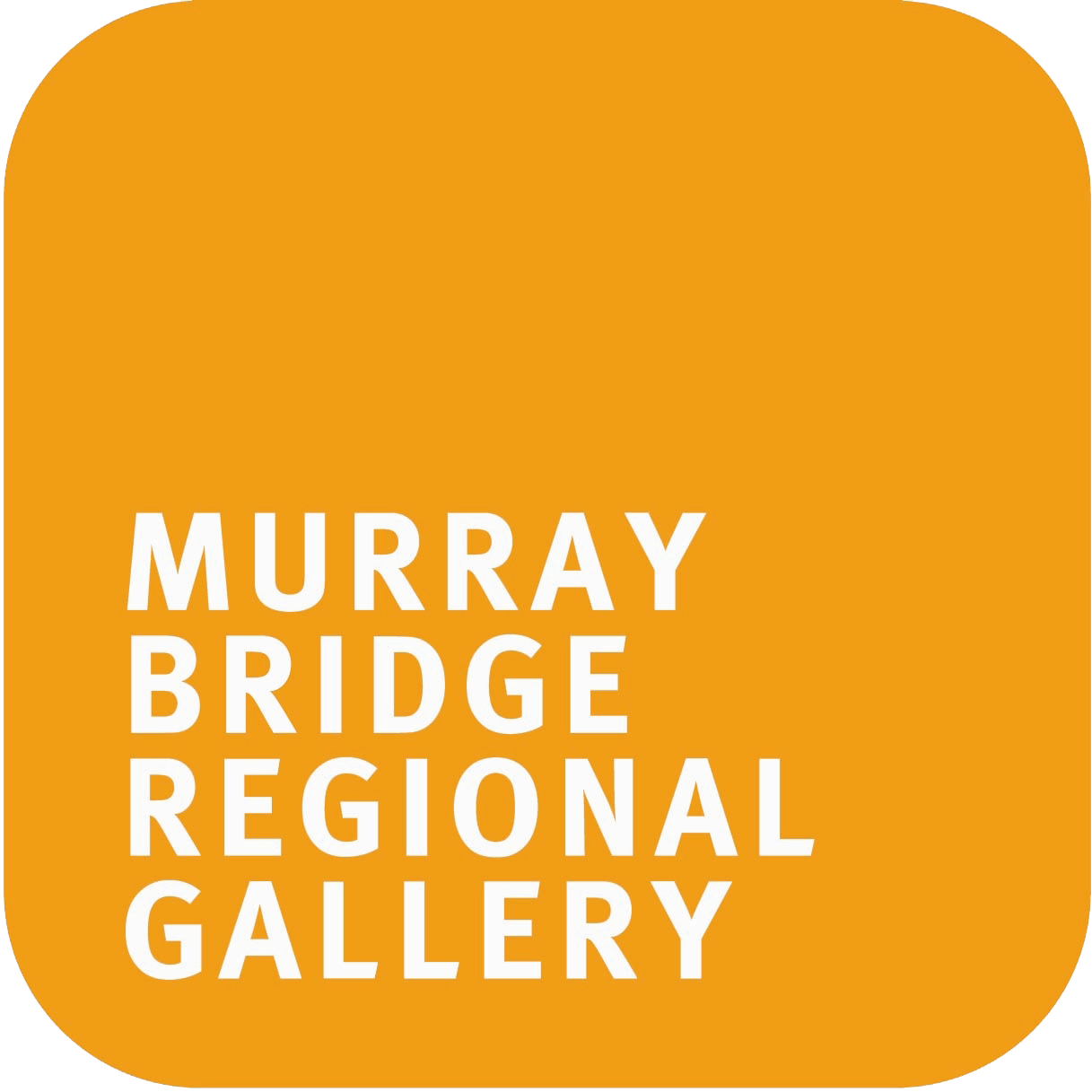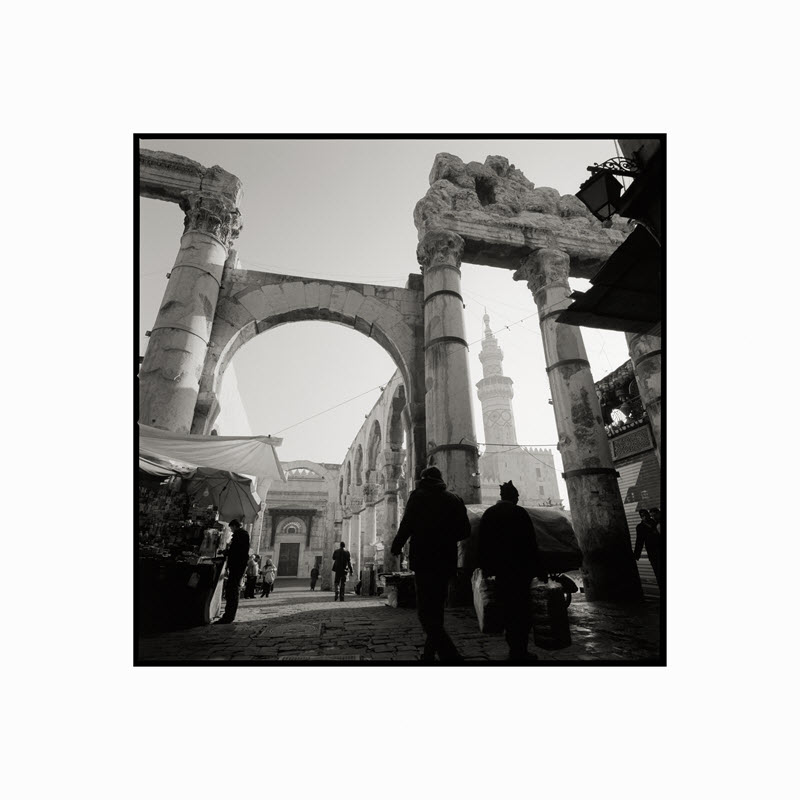SANDRA ELMS ARCHAEOLOGICAL SITE, EUPHRATES, 2014, edition of 5 + AP, archival inks on Hahnemühle FineArt 308gsm Photo Rag paper, 60 x 60cm image on 90 x 90cm paper.
TONY KEARNEY GATE OF JUPITER, 2014, edition of 5 + AP, archival inks on Hahnemühle FineArt 308gsm Photo Rag paper, 60 x 60cm image on 90 x 90cm paper
It is Bryan Dawe that we have to thank for our journey to Syria, and for the timing which was fortuitously just before the Syrian revolution, which began in March of 2011 with peaceful protests (inspired by earlier revolutions in Egypt and Tunisia), and which is now held in the grip of a devastating war. Bryan had travelled to Syria before, had loved it and was planning to go again. He asked if we’d like to join him. And so we set off to experience this exhilarating country, ready for adventure, remarkable sites steeped in history, and the generosity of a welcoming and friendly people – kindness to travellers is one of society’s golden rules, hospitality flows freely.
Civilisation in Syria goes back thousands of years, but the country as it exists today is very young – its borders were drawn by European colonial powers in the 1920s. Syria is extremely diverse, ethnically and religiously. Layers of ancient history are evident everywhere: in the remains of a Roman temple beside an eighth-century mosque, in the stonework of Ottoman-era palaces, in mediaeval citadels and Crusader fortresses; and in the blend of Persian, Byzantine, Roman, Mamluk, Ottoman, Armenian, Jewish, Christian and French influences.
The ancient cities of Damascus and Aleppo are two of the oldest continuously inhabited cities in the world, at least since the 3rd millennium BC. The bustling souqs of these cities are real marketplaces, with spices piled high, silks, textiles and antiquities flowing out of shopfronts into the laneways. In the industrious handcraft souqs, craftsmen work sheets of copper into large pots, axeheads are forged in small foundries, tyres recycled into hardwearing baskets, handmade furniture intricately inlaid with mother-of pearl and camel bone.
Our travels took us to the desert oasis of Palmyra, a World Heritage Site at the once-beating heart of the Silk Road, where caravans met in ancient times, on route to Europe with silk from China and spices from India. We had the rare privilege of staying with a Bedouin family at a village near the Euphrates River – also an important archaeological site – and to visit the mediaeval fortress of Krak des Chevaliers and the Dead Cities north of Aleppo.
After three remarkable and unforgettable weeks in Syria, we left via the border town of Daraa into Jordan, just a month before Daraa became the centre of the first popular uprising that would escalate into the brutal civil war of today. Over many weeks in Daraa, government security forces used massive and systematic lethal force against protestors and the mourners of those killed in demonstrations, fuelling a growing anger towards the government and a spiralling cycle of violence.
By mid 2013, the UN decided it could no longer accurately determine the death toll in Syria, at that point it had reached more that 100,000. It is estimated that it now exceeds 150,000. Within Syria some 6 million people are displaced and nearly 2.8 million people have fled Syria since the conflict began and are registered as refugees in Lebanon, Jordan, Turkey, Iraq and Egypt.
Syria Lost.
Tony Kearney 2018



